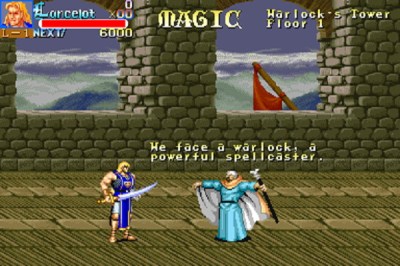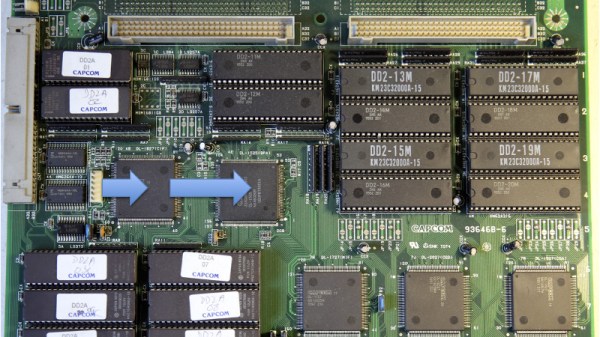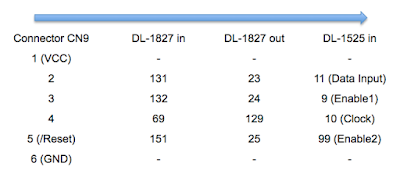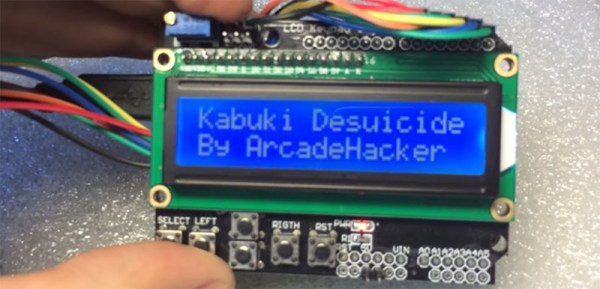[Sebastian Mihai] is a prolific programmer and hacker with a particular focus on retrocomputing and period games, and this latest hack, adding new gameplay elements to Capcom’s Street Fighter II – Champion Edition, is another great one. [Sebastian] was careful to resist changing the game physics, as that’s part of what makes this game ‘feel’ the way it does, but added some fun extra elements, such as the ability to catch birds, lob barrels at the other player, and dodge fire.
The title screen was updated for each of the different versions, so there is no doubt about which was being played. This work was based on their previous hacks to Knights of the Round. Since both games shared the same Capcom CPS-1 hardware, the existing 68000 toolchain could be reused, reducing the overhead for this new series of hacks. Continue reading “Seven New Street Fighter 2 Arcade Rom Hacks”



















